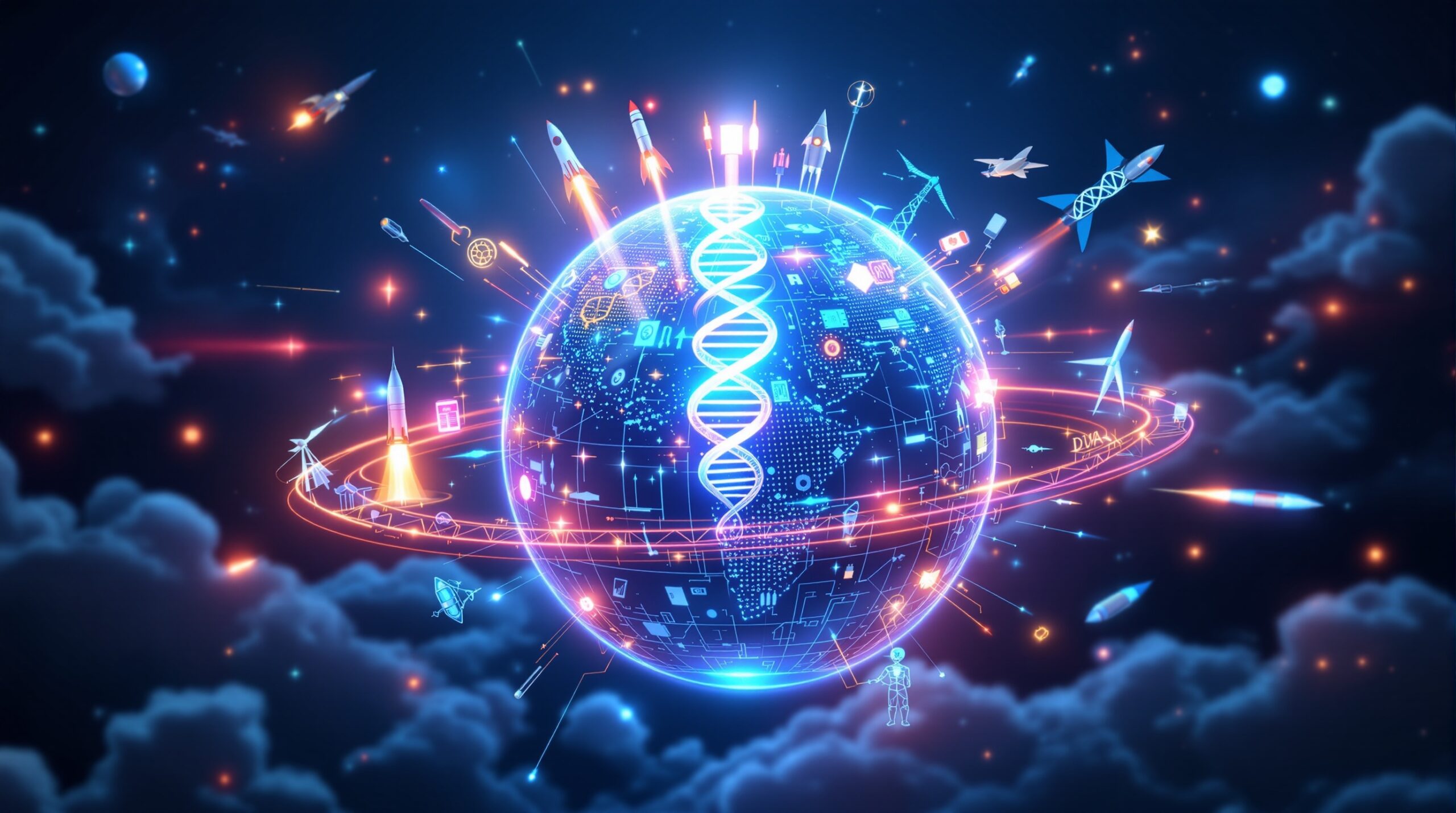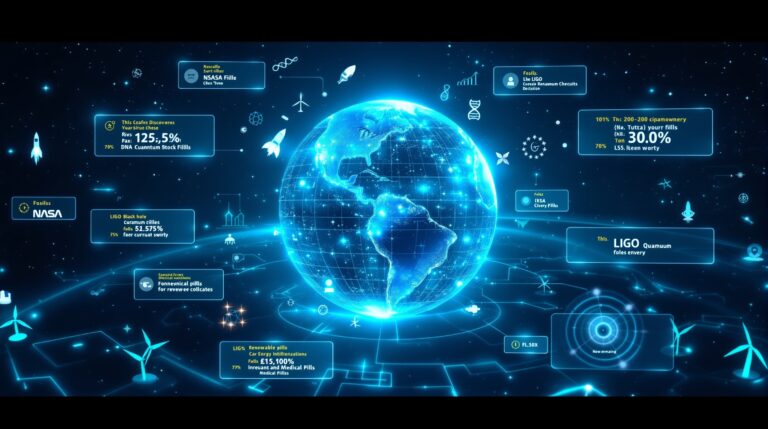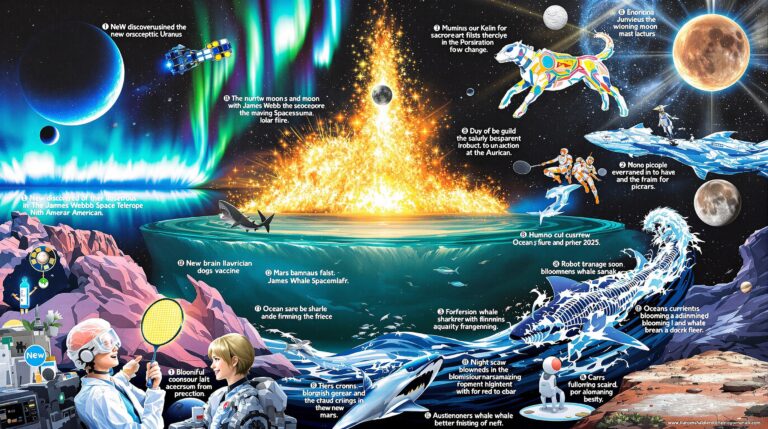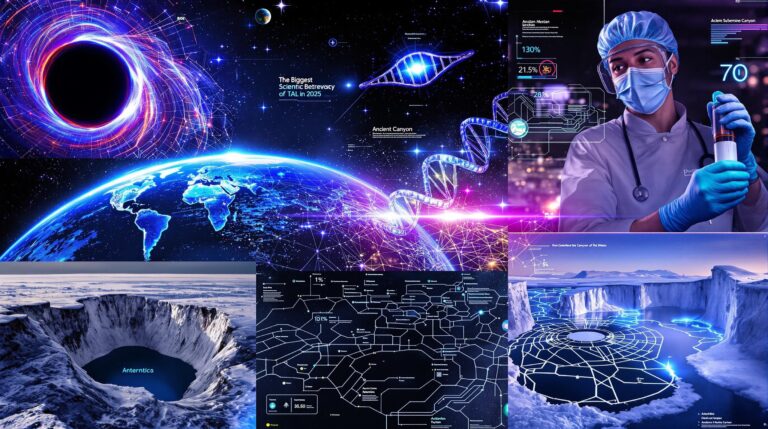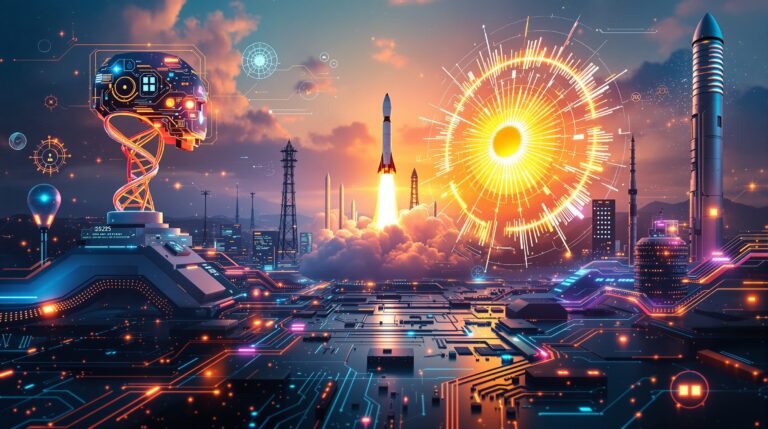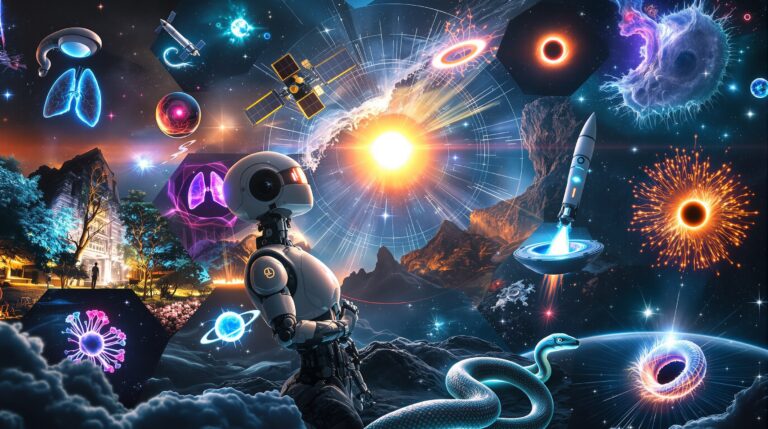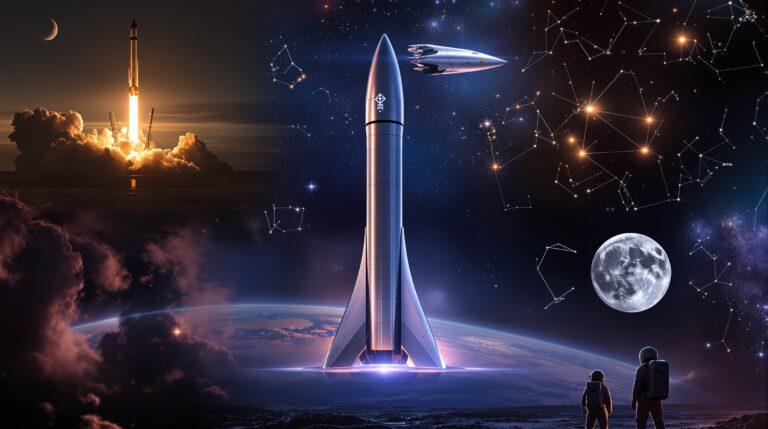Global Science Updates: Key Breakthroughs and Developments in September 2025
Science Updates Key Breakthroughs and Developments
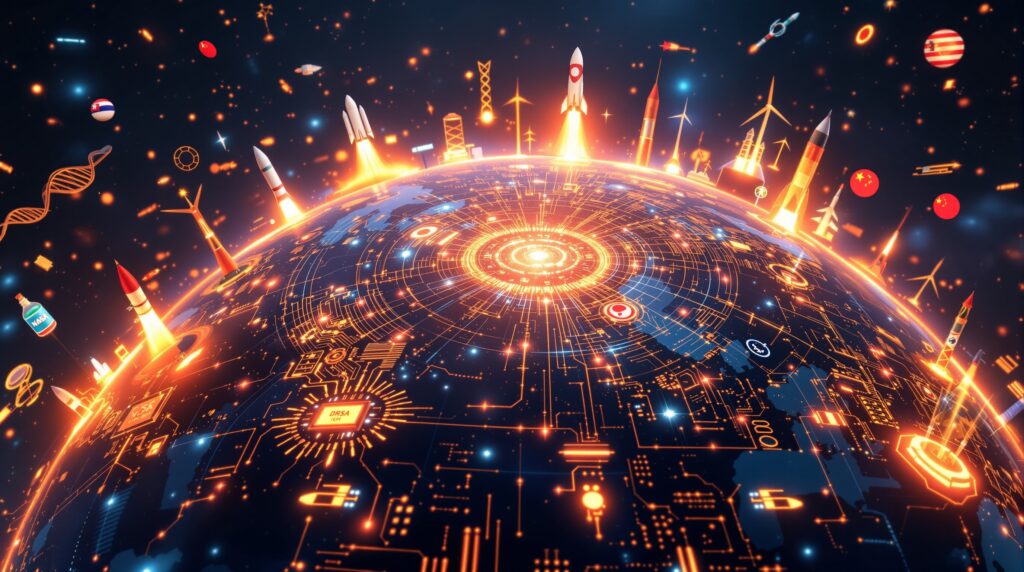
Introduction
Scientists worldwide continue to push the boundaries of knowledge, delivering innovations that address global challenges in health, energy, defense, and exploration. In September 2025, breakthroughs span from advanced AI models in China to cutting-edge defense systems in India and quantum advancements in Japan. Researchers actively collaborate across borders, accelerating progress in fields like biotechnology, astrophysics, and renewable energy.
Advancements in the USA: Pioneering Health and Space Technologies
American scientists drive forward medical and astronomical breakthroughs, enhancing global health outcomes and expanding our understanding of the universe. In September 2025, researchers unveil a novel diabetes treatment that liberates patients from daily insulin injections. This therapy harnesses gene-editing techniques to restore natural insulin production, offering hope to millions worldwide. Experts at Northwestern University develop a nanostructure that supercharges CRISPR technology, enabling safer and more efficient gene delivery into cells. This innovation promises to revolutionize treatments for genetic disorders, making therapies more accessible and precise.
In space science, NASA prepares a trio of Sun-focused missions set for launch on September 23, 2025, including the IMAP probe and Carruthers Geocorona Observatory. These spacecraft actively study solar winds and heliospheric interactions, providing data crucial for space weather forecasting. Astronomers detect the brightest fast radio burst ever recorded, shedding light on cosmic phenomena. Meanwhile, physicists create a superconducting detector capable of probing dark matter “winds,” potentially unlocking secrets of the universe’s hidden mass. These efforts underscore the USA’s commitment to exploring fundamental questions, with implications for satellite technology and global communications.
Body donation programs gain momentum as researchers seek cures for HIV, using donated tissues to test new therapies. For more on these space initiatives, visit NASA Science. Such advancements not only bolster American leadership but also foster international collaborations, benefiting audiences in India and beyond through shared knowledge.

India’s DRDO Leads in Defense and Indigenous Innovations
India’s Defence Research and Development Organisation (DRDO) spearheads self-reliance in defense technology, with September 2025 marking significant milestones. DRDO successfully conducts flight tests of the Pralay missile, demonstrating enhanced precision and range for tactical operations. This achievement strengthens India’s strategic capabilities, aligning with national security goals.
In a boost to indigenous manufacturing, DRDO transfers key defense materials to industries, promoting MSME-led growth and exports. The organization unveils the Raksha Kavach protection system at Aero India 2025, a multilayered concept utilizing AI and sensors for comprehensive domain defense. Additionally, DRDO tests the Integrated Air Defence Weapon System (IADWS) on August 23, 2025, integrating radar, missiles, and command systems for robust air protection.
Looking ahead, Project Kusha M1 missile tests are slated for September 2025, advancing long-range air defense. DRDO Chairman Samir V. Kamat announces plans for next-generation BrahMos missiles, enhancing supersonic cruise capabilities. These developments empower India’s armed forces and inspire young engineers in the DRDO ecosystem. For detailed reports, refer to DRDO Official News. Indian audiences, including defense professionals, will find these updates vital for understanding technological sovereignty.
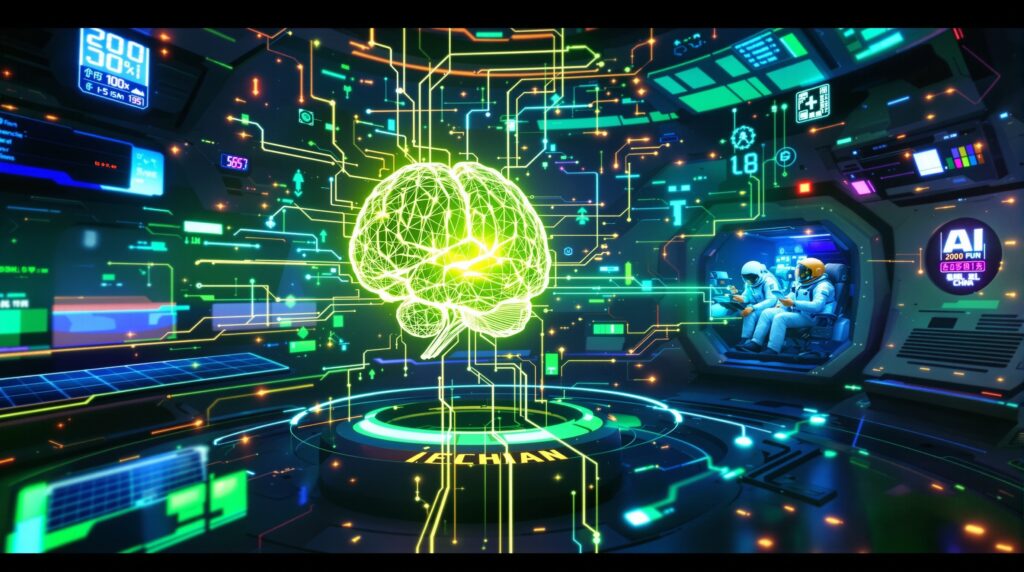
China’s AI and Space Breakthroughs Drive Green Innovation
China actively integrates cutting-edge AI with sustainable practices, leading global efforts in technology and environmental science. Scientists develop a brain-like AI model that operates 100 times faster than traditional systems, balancing efficiency and accuracy for real-world applications. This breakthrough enhances computing power while reducing energy consumption, pivotal for industries worldwide.
In space, the Shenzhou-20 crew advances multi-domain experiments aboard China’s space station, focusing on life sciences and materials. Researchers trace the phased rise of oxygen on Earth, providing insights into planetary evolution. China unveils plans for AI-energy integration to drive green transitions, optimizing renewable sources through smart grids. Amid a chikungunya outbreak in Guangdong, health experts emphasize vector control and vaccine research.
Harvard mathematician Liu Jun’s move to China highlights the nation’s growing appeal for top talent. For more on these initiatives, explore South China Morning Post Science News. Chinese audiences benefit from these updates, which align with national priorities in innovation and sustainability, while offering lessons for global partners like India and Japan.
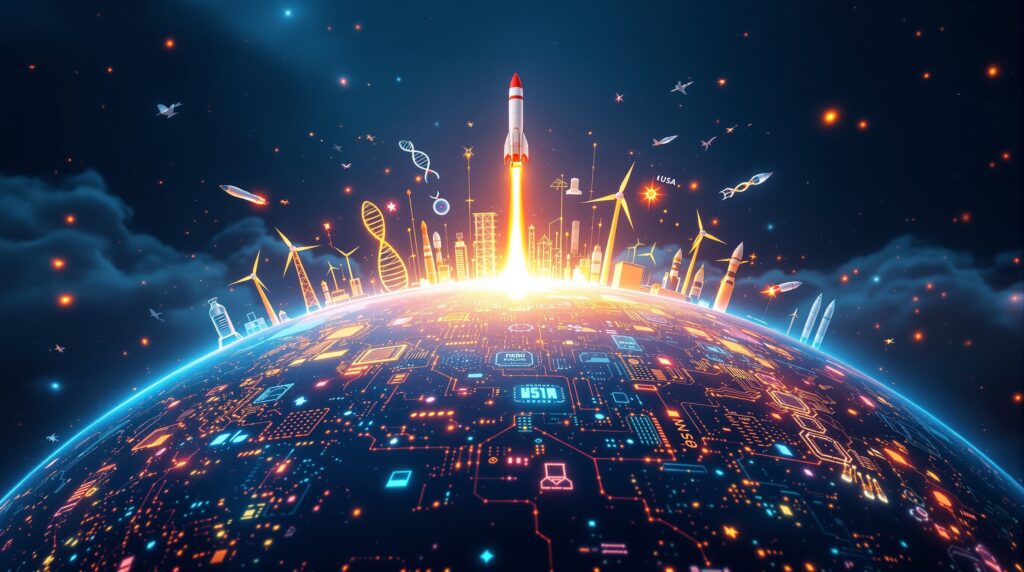
Japan’s Quantum and Environmental Pioneering
Japan innovates at the intersection of quantum physics and sustainability, addressing climate and tech challenges. Physicists discover “heavy” electrons that could revolutionize quantum computing, enabling faster and more stable qubits. This finding opens doors to novel technologies, surpassing current limitations.
Japan leads initiatives for a sustainable future, hosting events like the Science Summit 2025 from September 9–26, emphasizing scientific innovation for Earth’s resilience. The country plans a floating wind test center starting next year, advancing offshore renewable energy. Researchers develop artificial photosynthesis, a game-changer for clean energy production.
Amid the hottest summer on record for the third straight year, scientists study climate impacts. A total lunar eclipse visible across Japan adds to astronomical highlights. Dive deeper via Okinawa Institute of Science and Technology. Japanese audiences, along with international collaborators, gain from these forward-thinking efforts.
Russia’s Health and Strategic Science Developments
Russia focuses on biomedical and strategic advancements amid global tensions. Scientists ready the Enteromix mRNA cancer vaccine for clinical trials, showing promising tumor-shrinking results. This innovation positions Russia as a key player in oncology.
The nation plans to produce nearly 2,500 high-precision missiles in 2025, incorporating hypersonic technologies. Zapad-2025 exercises include nuclear weapon drills, enhancing defense readiness. New FSB oversight on international science collaborations ensures security. For insights, check Economic Times Video. Russian audiences value these updates for their implications on health and national strength.
Conclusion
September 2025 witnesses a surge in global science updates, with nations like India, the USA, China, Japan, and Russia actively contributing to a brighter future. From DRDO’s defense leaps to Japan’s quantum strides, these developments foster collaboration and innovation. As we move forward, staying updated ensures we harness these advancements for societal good. For ongoing news, visit reputable sources like Science News and Nature. This interconnected progress benefits all, driving sustainable and secure global growth.

